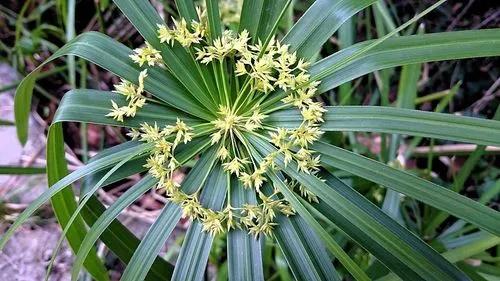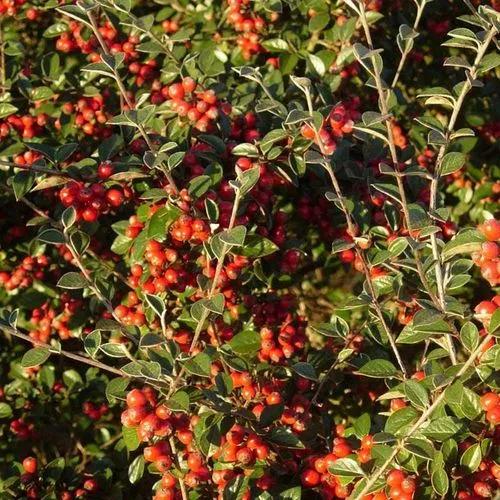Euonymus europaeus, the spindle, European spindle, or common spindle, is a species of flowering plant in the family Celastraceae, native to much of Europe, where it inhabits the edges of forest, hedges and gentle slopes, tending to thrive on nutrient-rich, chalky and salt-poor soils. It is a deciduous shrub or small tree. Other names include fusoria, fusanum, ananbeam, shemshad rasmi (Iran), while it may have given its name to the ancient Greek settlement of Euonymeia.
European Spindletree Care
Euonymus Europaeus



Euonymus europaeus grows to 3–6 m (10–20 ft) tall, rarely 10 m (33 ft), with a stem up to 20 cm (8 in) in diameter. The leaves are opposite, lanceolate to elliptical, 3–8 cm long and 1–3 cm broad, with a finely serrated edge. Leaves are dark green in summer. Autumn colour ranges from yellow-green to reddish-purple, depending on environmental conditions. The hermaphrodite flowers are produced in late spring and are insect-pollinated; they are rather inconspicuous, small, yellowish green and grow in cymes of 3–8 together. The capsular fruit ripens in autumn, and is red to purple or pink in colour and approximately 1–1.5 cm wide. When ripe, the four lobes split open to reveal the orange seeds.This is a spindly tangled shrub-tree with an irregular crown. Best ornamental features are its showy fall fruit and sometimes superb fall leaf color. It grows, often rapidly, to 12-20' (less frequently to 30') tall. Although slender in youth, it typically matures to a rounded form. Small, yellowish-green flowers (1/2" across) bloom in 3-5 flowered cymes from late April to June. Flowers are not very showy. Flowers are followed by fruits which are extremely showy. Pinkish-red dehiscent capsules split open in fall to reveal tiny seeds, each of which is encased in a fleshy orange aril. Seeds are attractive to certain birds who eat and distribute them. Ovate to oblong-lanceolate, crenate-serrate, glabrous, dull dark green leaves (to 3" long) turn variable shades of red to orange to purple in fall. Spindletree wood was once used to make spindles.
How to Care for the Plant

Popularity

546 people already have this plant 114 people have added this plant to their wishlists
Discover more plants with the list below
Popular articles






